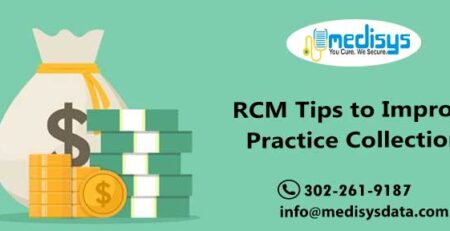It’s quite normal to receive a request for medical records from a payer who is going to conduct an audit on your claims. You will prepare for this payer coding audit confidently, as you have excellent electronic health record (EHR) system; the notes are voluminous; and your coders are well-versed at coding. You provide excellent care for your patients and achieve great outcomes. After few months you get a letter from the payer, containing the results from your audit. You open it up and see comments like “Medical necessity not supported.” “Notes are cloned.” “Records include conflicting data.” It also says that you owe a huge amount of money due to ‘overpaid claims’ and that they are putting you on prepayment review until things improve. What just happened? How could they do this? Can they legally do this? It’s quite common in payer coding audit to expect the unexpected even though you are well prepared. In this article, we shared some basic guidelines and recent trends in medical audits and what providers can expect in such payer coding audits.
Accurate Information in EHR
An EHR system provides accurate, up-to-date information about the patient. Its purpose is to facilitate coordinated access and information sharing among physicians. It helps providers more efficiently diagnose patients, reduces errors, provides safer care and facilitates quality. So where do things go wrong? You first need to understand how the patient’s medical record influences medical necessity. Per CMS, medical necessity is the overarching criterion for payment. Inaccurate information in the chart, especially when carried forward from a previous service date or entry without necessary editing, often does not afford an auditor the ability to understand if you needed to see that patient, perform that test, order that script, etc.
Avoid Cloning
Auditors across the nation, both private and public, love to deny claims based on allegations that the provider simply copied and pasted prior notes. A copy/paste-type operation that occurs without needed modifications to content is a process infamously known as ‘cloning.’ And that doesn’t just refer to the entire progress note as a whole; it can refer to pieces of a progress note that are inaccurate. Those pieces could be integral to billing a distinct procedure or a crucial element associated with an office visit code. If one or more pieces never, or almost never, change from one visit to the next, the auditor doesn’t know if the information simply didn’t change or whether it may have changed but just wasn’t edited.
Avoid Conflicting Information
The presence of conflicting information is another giant red flag. If the history indicates the patient has severe dementia but the review of the systems template indicates that ‘all systems were reviewed and negative,’ well, that could be a problem. One error of this nature can lead to a reviewer casting aspersions on the integrity of your note. These are usually just innocuous mistakes that do not represent any intent to commit billing fraud. But the payers don’t see it that way. They don’t know if you forgot to revise that review of systems because you’re up until 11:30 p.m. signing off on your notes or if you’re trying to pad the record with billing elements. All they know is there is a conflict or redundancy that could represent something fraudulent.
Accurate Progress Note
Another pitfall that may come back to haunt you is the overstuffed progress note. This occurs when the sheer quantity of the displayed items seems wildly disproportionate to the nature of the presenting problems. Taken at face value, a single, self-limiting medical condition would not normally warrant a complete review of past medical, family and social history; a full review of systems; and a comprehensive exam. All this leads to a presumption that the information in your charts is questionable.
Interval HPI
Your notes should always have an interval history of present illness (HPI). This is the history of the problem, but there is usually something unique to say about the patient’s status spanning the period between the last appointment and the current one. Also, make a point to label it ‘interval HPI.’ Don’t blend it in with the other history because that combination of new and old data sometimes doesn’t sit well together. You want unique documentation for each encounter, and it should stand out in your progress note.
Its always suggested to spend an extra five to 10 minutes proofing those notes before you close them. In the unfortunate event when you receive such overpayment demand letters, don’t acquiesce without conducting an analysis first. Medisys Data Solutions is a leading medical billing company providing complete medical billing and coding services. We ensure that you use accurate procedure codes and modifiers and maintain proper documentation. To know more about our medical billing and coding services, contact us at info@medisysdata.com/ 302-261-9187












